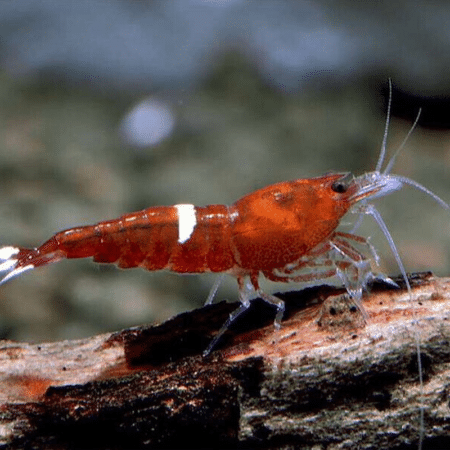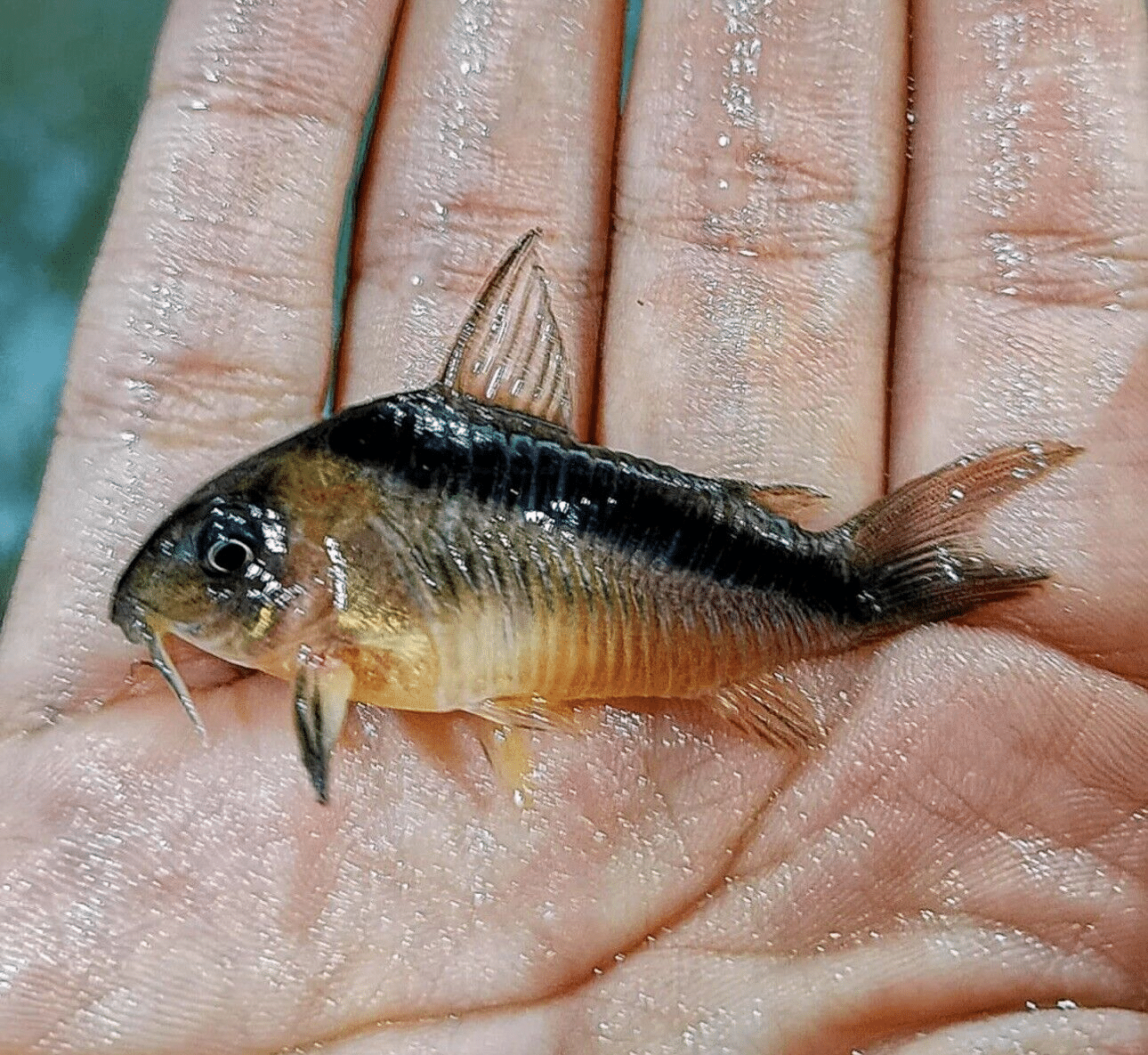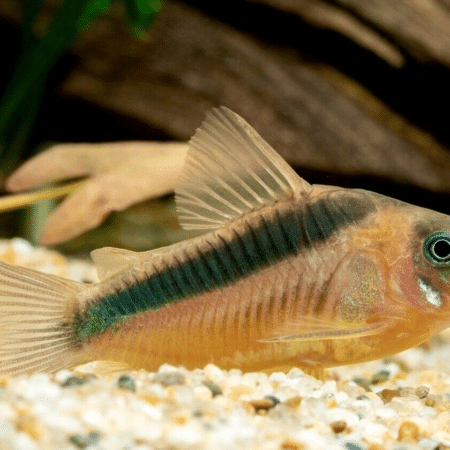To provide the best experiences, we use technologies like cookies to store and/or access device information. Consenting to these technologies will allow us to process data such as browsing behaviour or unique IDs on this site. Not consenting or withdrawing consent, may adversely affect certain features and functions.
The technical storage or access is strictly necessary for the legitimate purpose of enabling the use of a specific service explicitly requested by the subscriber or user, or for the sole purpose of carrying out the transmission of a communication over an electronic communications network.
The technical storage or access is necessary for the legitimate purpose of storing preferences that are not requested by the subscriber or user.
The technical storage or access that is used exclusively for statistical purposes.
The technical storage or access that is used exclusively for anonymous statistical purposes. Without a subpoena, voluntary compliance on the part of your Internet Service Provider, or additional records from a third party, information stored or retrieved for this purpose alone cannot usually be used to identify you.
The technical storage or access is required to create user profiles to send advertising, or to track the user on a website or across several websites for similar marketing purposes.
4 X Botia Lohachata - Rare Loach Fish Live Aquarium Bottom Dweller Yoyo Loach (4 FISH ), Stunning Algae Eater Fish Perfect for Your Tropical Aquarium Plants and Friends, Perfect Companions for Community Tanks 2 × £16.00


 4 X Botia Lohachata - Rare Loach Fish Live Aquarium Bottom Dweller Yoyo Loach (4 FISH ), Stunning Algae Eater Fish Perfect for Your Tropical Aquarium Plants and Friends, Perfect Companions for Community Tanks
4 X Botia Lohachata - Rare Loach Fish Live Aquarium Bottom Dweller Yoyo Loach (4 FISH ), Stunning Algae Eater Fish Perfect for Your Tropical Aquarium Plants and Friends, Perfect Companions for Community Tanks 
















Mike Thompson (verified owner) –
I recently added the Rusty Cory Corydoras Rabauti to my community tank, and I couldn’t be happier! These little catfish have been thriving for about a month now and are such a joy to watch. Their vibrant coloration and playful nature bring so much life to my aquarium. I love how they scavenge around, cleaning up leftover food and helping with algae control, which is a huge plus for me. Compared to other corydoras I’ve kept, the Rusty variety seems more active and social, often seen swimming together in small groups.
I did have to adjust my water parameters slightly to match their needs, but it was well worth it. As a caring fish parent, providing a healthy environment is my top priority, and these little guys are thriving. My only minor concern is that they prefer slightly softer substrate for digging, so I had to replace the gravel with sand.
Overall, I’d recommend Rusty Corys for anyone looking to add a peaceful, hardworking catfish species to their tank. They’re perfect for community setups and are quite forgiving for beginner aquarists. I’ll definitely be adding more in the future!
Emily Carter (verified owner) –
I recently added the Rusty Cory Corydoras Rabauti to my 55-gallon freshwater tank, and I couldn’t be happier! These little guys are not only adorable but also fantastic algae eaters, which has really helped keep my tank clean. After just two weeks, I noticed a significant reduction in algae growth! Their playful nature adds so much character to the tank, and they get along wonderfully with my other fish. I’ve kept several types of corydoras catfish before, but the Rusty Corys stand out due to their vibrant coloration and unique patterns.
One thing to note is that they prefer to be in groups, so I recommend getting at least three or four to keep them happy. The shipping was quick, and they arrived healthy and active, which shows that the seller really cares about fish welfare. If you’re a fellow aquarist looking to enhance your tank’s ecosystem or simply add some lively companions, I highly recommend these delightful corydoras! They are perfect for both beginners and experienced hobbyists alike.